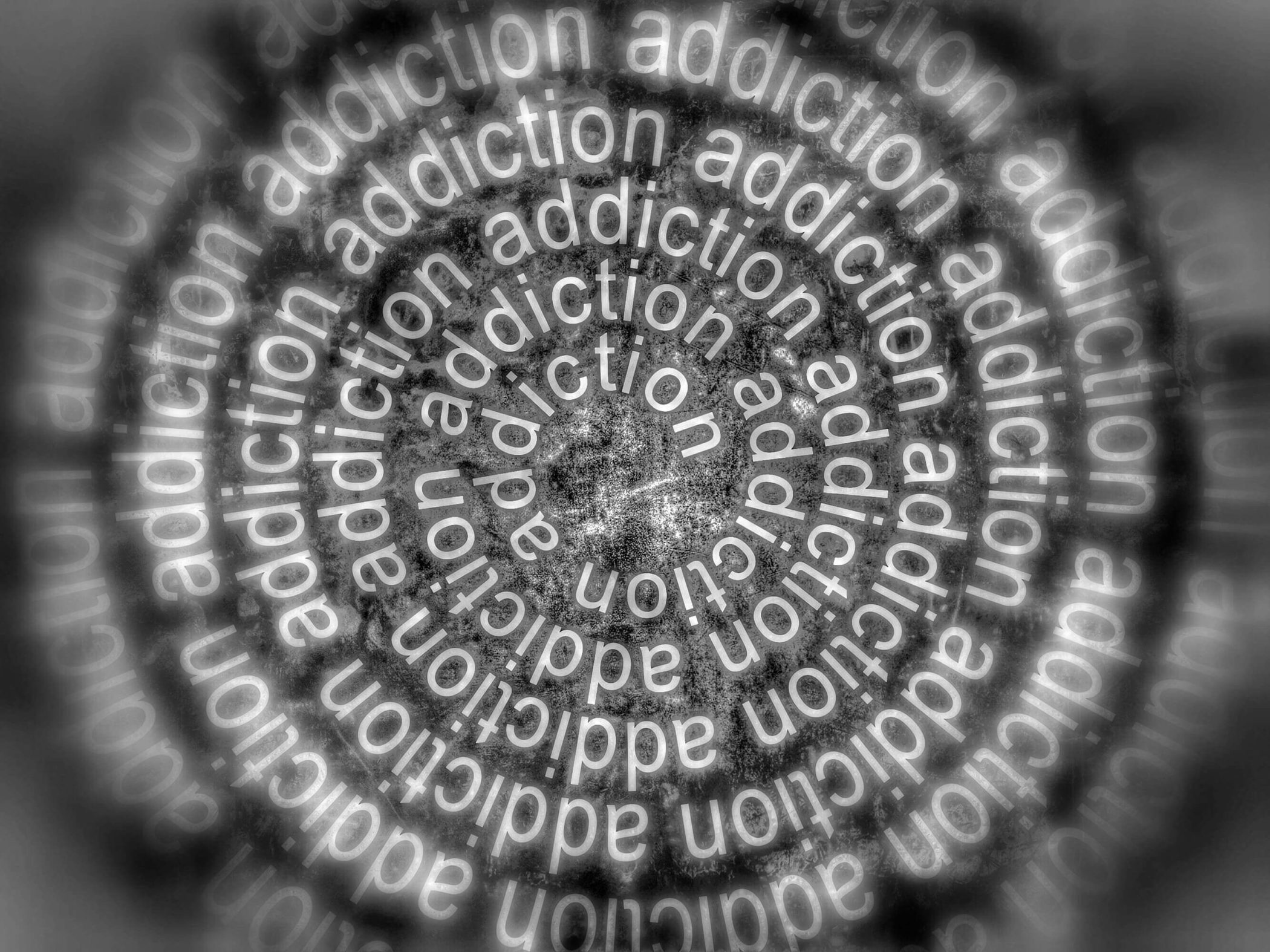Many people’s thinking about addiction has shifted, but some still believe that a person who becomes addicted to alcohol or drugs does so out of weakness of willpower or character. They often think that one drink will lead the right person to addiction.
In reality, addiction is a chronic relapsing disorder, one that 21 million Americans live with, according to the Association of American Medical Colleges (AAMC). Too many of these people do not seek help for their condition. Abusing drugs or alcohol impacts the brain, causing progressive changes in the structure and function of the brain.
Over time, these changes result in compromised brain function and a shift from the controlled, occasional use of drugs or alcohol to chronic substance misuse. Some of these changes to the brain may remain after a person stops drinking or using drugs. They can also contribute to a person’s chance of relapse after a period of sobriety.
The cycle of addiction comprises three stages that operate as a repeating loop. Each stage is linked to and can feed off of another. A person does not have to start their addiction experience in the first stage, and the stages can be experienced over weeks or months, or even within one day.
First Stage of Addiction
One of the three stages of addiction is the binge/intoxication stage. This is the period when someone feels the positive effects of drugs or alcohol. They will experience the so-called rewards such as less social anxiety or less anxiety. During this stage, an individual is repeatedly activating the reward system of the basal ganglia. This part of the brain plays a pivotal role in forming habits and motivation.
The repeated activation of this portion of the brain, over time, creates cues that the person then associates with drinking alcohol or using drugs. As a result, seeing a specific place or being with certain people becomes associated with substance use and creates powerful triggers that compel someone to drink or use drugs.
Second Stage of Addiction
During the next stage, the person begins to experience more of the negative effects of substance misuse. This can include withdrawal symptoms if the person drinks less or cuts back on their drug intake. Symptoms may range from the physical, such as pain or sleep problems, to the emotional, like anxiety or irritability.
Two parts of the brain are affected during this stage — the basal ganglia and the extended amygdala. The basal ganglia becomes less active to start, resulting in the individual being unable to feel the pleasures they may typically experience in life. Next, the extended amygdala, the brain’s stress system, undergoes more activity, increasing feelings of unease, anxiety, and irritability.
During the second stage of addiction, the person isn’t using drugs or alcohol to feel good. Instead, they are using the substance to avoid feeling low, a feeling that was created by their chronic substance misuse.
Third Stage of Addiction
The final stage of the addiction cycle centers on a person’s preoccupation with alcohol or drugs after a period of not using. The part of the brain affected during this period is the prefrontal cortex: the area of the brain that handles how an individual makes decisions and organizes their thoughts. The prefrontal cortex becomes compromised by repeated misuse of drugs or alcohol.
Addiction does not happen overnight. It can take years for a person to go from casual use to addiction. Some drugs, like heroin or methamphetamines, may cause addiction after only one use. Others, like alcohol or prescription drugs, may be used properly for more extended periods until one day the person shifts from drinking socially to needing alcohol to feel high.
Signs of Addiction
Someone struggling with drugs or alcohol can display behavioral, physical, and emotional signs. Some of the symptoms that may indicate a problem include:
- Sudden weight loss or gain
- Changes in sleeping patterns
- Impaired coordination or tremors
- Deterioration of the physical appearance or changes in grooming practices
- Feeling paranoid, anxious, or fearful
- Periods of excessive energy, mental instability, or restlessness
- Sudden changes in mood
- Increased agitation or anger
- Acting in a secretive or suspicious way
- Experiencing problems in relationships because of the condition
- Neglecting duties at home, school, or work
- Neglecting family and friends
- Getting into legal trouble, including driving under the influence, fights, or accidents
- Suddenly changing hobbies, friends, or activities
- Continuing to use despite negative health consequences
Alcohol and drug addiction can cause long-term health effects. Seeking treatment is important — the sooner the better. It is also essential that people have a clear understanding that addiction is a chronic condition. Those living with it must learn to manage it just as someone living with any other chronic disease such as asthma or diabetes must determine the best treatment to manage those conditions. That is why relapse from addiction is not a failure. Relapse simply means that the current treatment needs to be adjusted.
Bridges of Hope’s treatment philosophy is based on a comprehensive and integrated approach to addressing all issues related to substance use and mental health disorders. Using therapeutically proven, evidence-based clinical practices, Bridges of Hope provides superior patient care in Indiana through its all-inclusive treatment services.


 Verify Insurance
Verify Insurance
 Toll Free Call
Toll Free Call